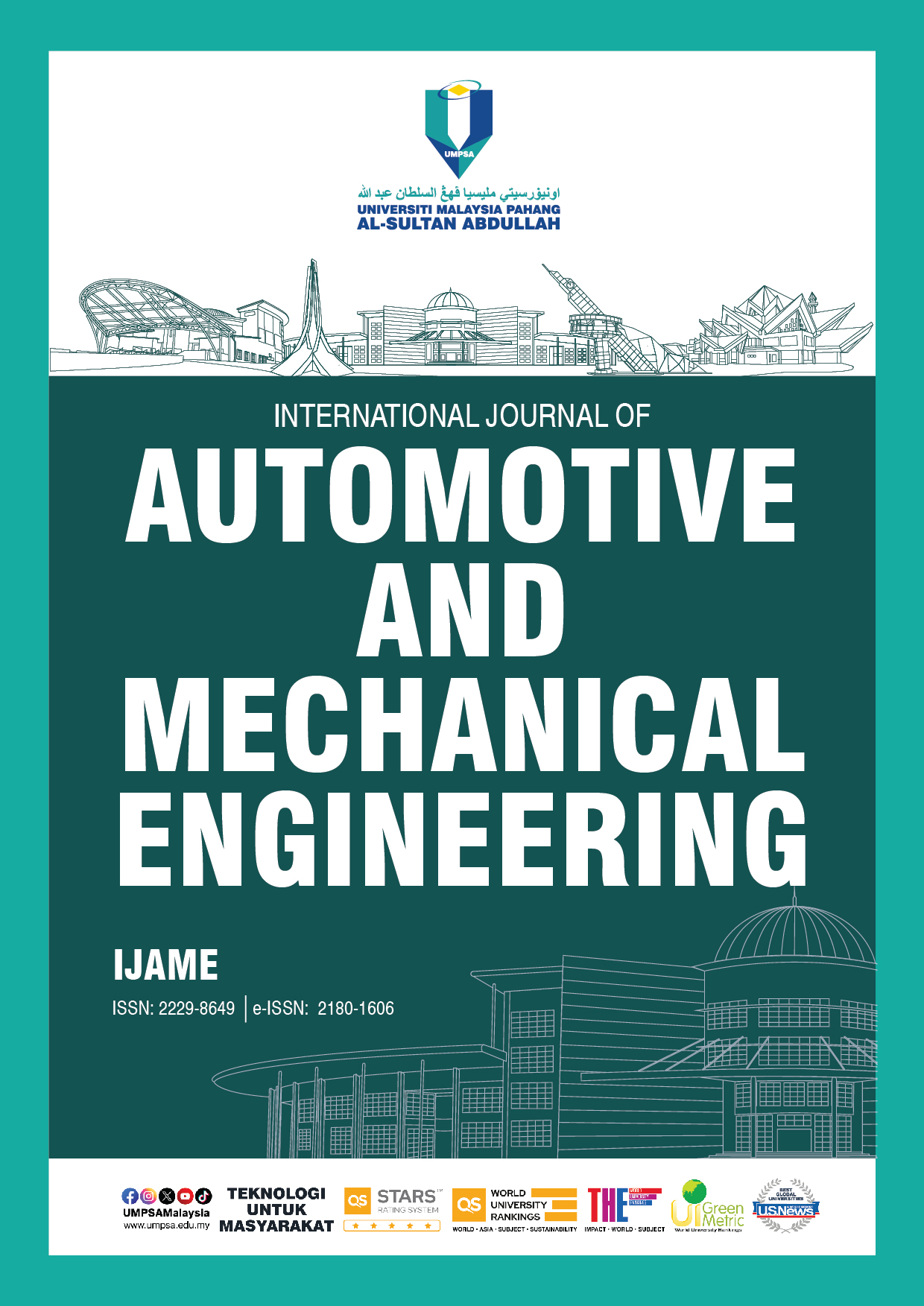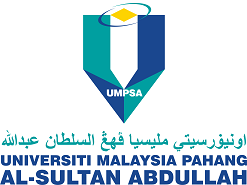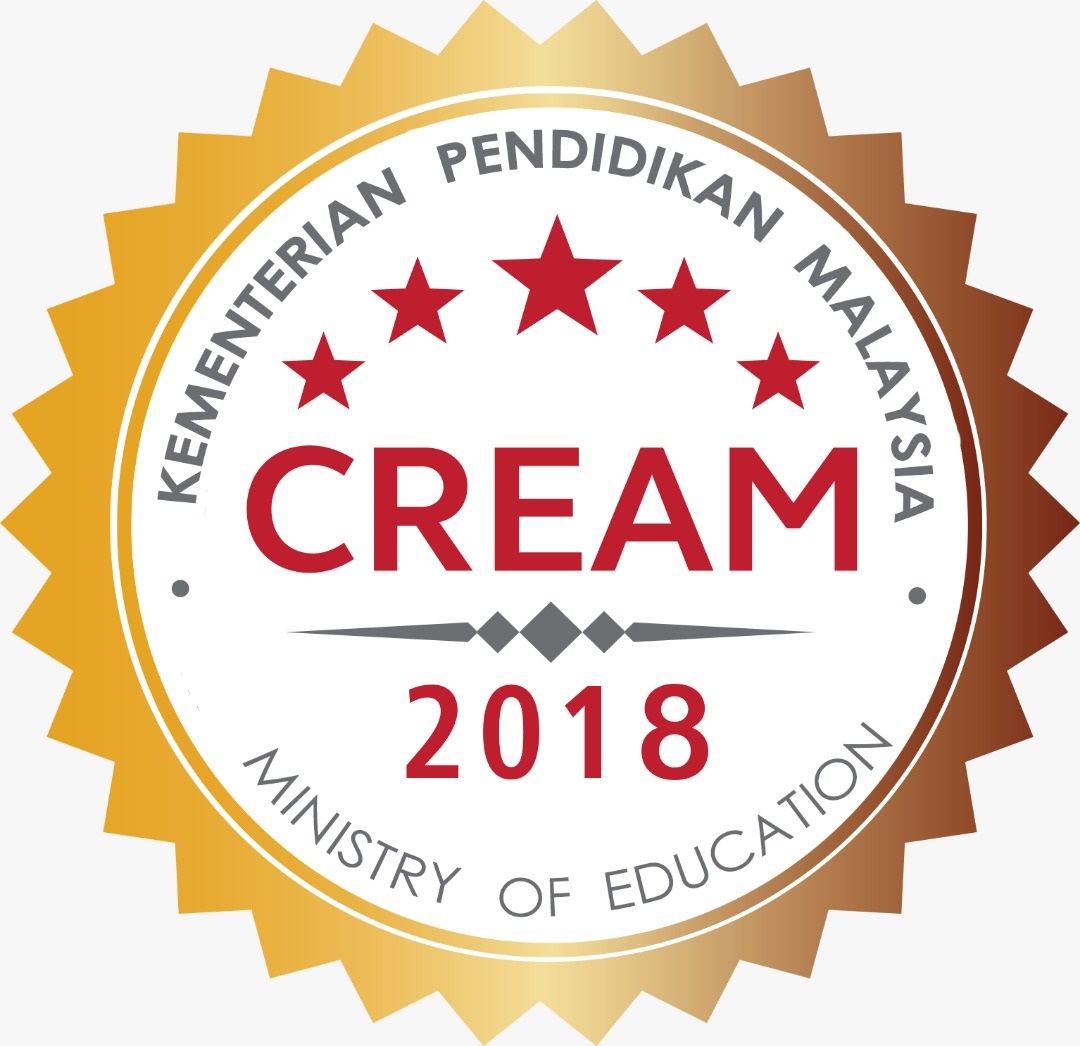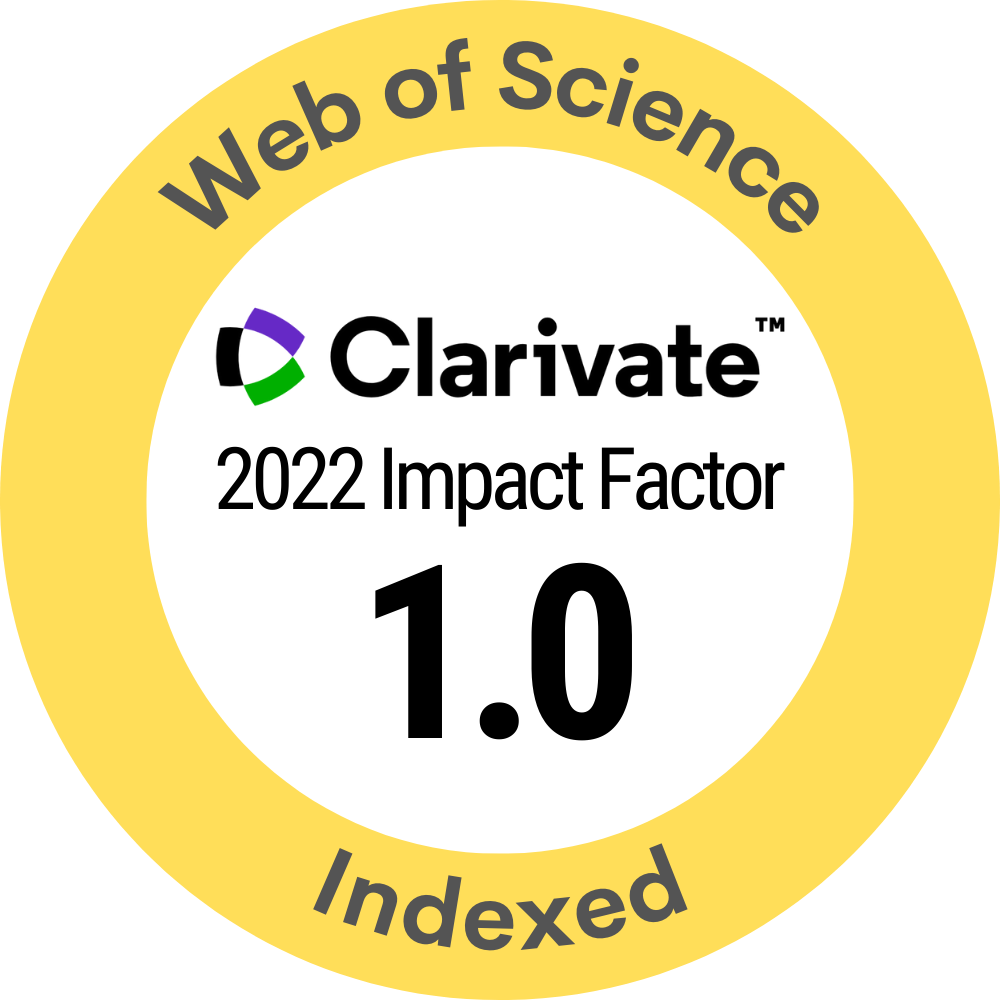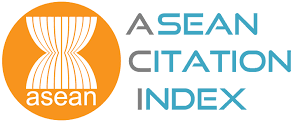Flexural Strength and Failure Behavior of Glass Laminate Aluminum Reinforced Epoxy and Aluminum-Lithium Laminates in Abrasive Water Jet Peening Under Contamination
DOI:
https://doi.org/10.15282/ijame.22.1.2025.5.0922Keywords:
AWJP, Fiber metal laminate, Failure behavior, ANOVA, Machining parametersAbstract
Abrasive Waterjet Peening (AWJP) technology has been widely utilized for various machining, surface treatment, and material indentation applications. The goal of this study is to investigate the influence of AWJP parameters (stand-off distance, water pressure, abrasive size, and number of passes) on the bending strength and types of damage during the peening process of the Fiber Metal Laminates (FML). The surface treatment with AWJP has resulted in variant effects on the surface of the FML. Furthermore, the effect of FML structure with spreading layers was investigated for deformation during the AWJP process. Analysis of variance (ANOVA) was used in the present study to evaluate the effect of AWJP parameters on the failure behavior of 3/2 aluminum-lithium alloy and glass fiber laminate. Results indicated that the fiber layers hindered the deformation of the aluminum-lithium layer. Moreover, the layup of fiber layers and the abrasive size affected the craters’ shape on the metallic surface of aluminum-lithium layers. In terms of four parameters, it was found that the medium level of parameters was sufficient based on ANOVA, which showed a higher flexural strength (up to 482 MPa). Based on the results related to flexural strength, the residual stress field of the FMLs under multiple passes indentation was simulated as the higher flexural strength. The prediction and actual values were consistent with the experimental results, with the overall increase being ± 10%. “Effect” A morphology study revealed that “FML flexural strength deteriorated and caused damage due to the high impact intensity of peening with increases in the craters effect.” Hence, resistance is effective at low impact due to the high craters effect.
References
[1] N. Yuvaraj, M. P. Kumar, “Multiresponse optimization of abrasive water jet cutting process parameters using TOPSIS approach,” Materials and Manufacturing Processes, vol. 30, no. 7, pp. 882–889, 2015.
[2] A. Alberdi, A. Suárez, T. Artaza, G. A. Escobar-Palafox, K. Ridgway, “Composite cutting with abrasive water jet,” Procedia Engineering, vol. 63, pp. 421–429, 2013.
[3] U. Çaydaş A. Hasçalık, “A study on surface roughness in abrasive waterjet machining process using artificial neural networks and regression analysis method,” Journal of Materials Processing Technology, vol. 202, no. 1, pp. 574–582, 2008.
[4] P. Löschner, K. Jarosz, P. Niesłony, “Investigation of the effect of cutting speed on surface quality in abrasive water jet cutting of 316L stainless steel,” Procedia Engineering, vol. 149, pp. 276–282, 2016.
[5] A. Cunha, R. O. Giacomelli, J. Kaufman, J. Brajer, T. S. Pereira, “An overview on laser shock peening process: from science to industrial applications,” in 2021 SBFoton International Optics and Photonics Conference (SBFoton IOPC), 2021, pp. 1–6.
[6] N. Lusi, A. Fiveriati, A. Afandi, I. Gusti Ngurah Bagus Catra Wedarma, H. Yuliandoko, M. Darsin, et al., “Predictive modelling on machining performance of ECDM using artificial neural network and particle swarm optimization,” Manufacturing Technology, vol. 23, no. 5, pp. 649–662, 2023.
[7] S. L. Yao, G. Y. Wang, H. Yu, J. Wang, K. S. Li, S. Liu et al., “Influence of submerged micro-abrasive waterjet peening on surface integrity and fatigue performance of TA19 titanium alloy,” International Journal of Fatigue, vol. 164, p. 107076, 2022.
[8] S. Yao, G. Wang, K. Li, N. Wang, C. Zhang, S. Liu et al., “Cavitation abrasive integrated waterjet peening process and the effect of process parameters on the surface integrity of TA19 titanium alloy,” Surface and Coatings Technology, vol. 440, p. 128477, 2022.
[9] L. D. Minh, N. Q. Sang, P. Bilik, R. Martinek, “Optimized design of source energy for manufacturing machine by digital numerical control,” International Journal of Automotive and Mechanical Engineering, vol. 20, no. 1 SE-Articles, pp. 10307–10321, 2023.
[10] D. Arola, A. E. Alade, W. Weber, “Improving fatigue strength of metals using abrasive waterjet peening,” Machining Science and Technology, vol. 10, no. 2, pp. 197–218, 2006.
[11] Z. Wang, Z. Liao, D. Axinte, X. Dong, D. Xu, G. Augustinavicius, “Analytical model for predicting residual stresses in abrasive waterjet peening,” Materials & Design, vol. 212, p. 110209, 2021.
[12] X. Miao, T. Long, M. Wu, C. Ma, Q. Wang, “Study on the process of abrasive water jet peening for 316L stainless steel,” International Journal of Advanced Manufacturing Technology, vol. 120, no. 11, pp. 8321–8328, 2022.
[13] P. Chandrasekaran, S. Ashok, R. Ajaykumar, N. Ashokkumar, R. Sathya, S. Karpagavalli et al., “Application of defoliants alters leaf growth and gas exchange parameters for cotton defoliation,” Plant Science Today, vol. 10, no. 4, pp. 105–114, 2023.
[14] Y. Natarajan, P. K. Murugesan, M. Mohan, S. A. Liyakath Ali Khan, “Abrasive water jet machining process: A state of art of review,” Journal of Manufacturing Processes, vol. 49, pp. 271–322, 2020.
[15] P. Zhang, X. Yue, P. Wang, Y. Zhai, “Influence of SiC pellets water jet peening on the surface integrity of 7075-T6 aluminum alloy,” Vacuum, vol. 196, p. 110760, 2022.
[16] S. Karthik, H. J. Amarendra, “Slurry jet erosion test rig: A review of erosive particles induction methods and its test parameters,” Journal of Bio-and Tribo-Corrosion, vol. 6, no. 3, p. 101, 2020.
[17] M. Palleda, “A study of taper angles and material removal rates of drilled holes in the abrasive water jet machining process,” Journal of Materials Processing Technology, vol. 189, no. 1, pp. 292–295, 2007.
[18] G. Aydin, I. Karakurt, K. Aydiner, “An investigation on surface roughness of granite machined by abrasive waterjet,” Bulletin of Materials Science, vol. 34, no. 4, pp. 985–992, 2011.
[19] S. Qutaba, M. Asmelash, K. Saptaji, A. Azhari, “A review on peening processes and its effect on surfaces,” International Journal of Advanced Manufacturing Technology, vol. 120, no. 7–8, pp. 4233–4270, 2022.
[20] S. Qutaba, M. Asmelash, A. Azhari, “Effect of surface topography of 8090 Al-li alloy during abrasive waterjet peening process,” in AIP Conference Proceedings, vol. 2998, no. 1, p. 060005, 2024.
[21] H. Soyama, D. Sanders, “Use of an Abrasive Water Cavitating Jet and Peening Process to Improve the Fatigue Strength of Titanium Alloy 6Al-4V Manufactured by the Electron Beam Powder Bed Melting (EBPB) Additive Manufacturing Method,” JOM, vol. 71, no. 12, pp. 4311–4318, 2019.
[22] X. Li, X. Zhang, Y. Guo, V. P. W. Shim, J. Yang, G. B. Chai, “Influence of fiber type on the impact response of titanium-based fiber-metal laminates,” International Journal of Impact Engineering, vol. 114, pp. 32–42, 2018.
[23] X. Li, X. Zhang, H. Zhang, J. Yang, A. B. Nia, G. B. Chai, “Mechanical behaviors of Ti/CFRP/Ti laminates with different surface treatments of titanium sheets,” Composite Structures, vol. 163, pp. 21–31, 2017.
[24] N. Mokhtar, S. Qutaba, M. Asmelash, M. A. Azhari, “Impact of pressure on surface roughness and kerf characteristics using low pressure abrasive water jet cutting,” Surface Engineering and Applied Electrochemistry, vol. 60, no. 1, pp. 129–141, 2024.
[25] C. Russig, M. Bambach, G. Hirt, N. Holtmann, “Shot peen forming of fiber metal laminates on the example of GLARE®,” International Journal of Material Forming, vol. 7, no. 4, pp. 425–438, 2014.
[26] H. Li, Y. Lu, J. Xiang, Z. Han, X. Xu, H. Wang et al., “Residual stresses and failure behavior of GFRP/Al-Li laminates after single and multiple shot's indentation under quasi-static,” Composites Part A: Applied Science and Manufacturing, vol. 130, p. 105761, 2020.
[27] K. M. Subbaya, K. Nithin, S. Sachhidananda, “Fiber reinforced composites-a review,” Journal of Material Sciences & Engineering, vol. 6, no. 03, pp. 2–6, 2017.
[28] A. Purnowidodo, S. Sofyan Arief, F. Hilmi Iman, “Effect surface roughness on fatigue crack propagation behaviour of fibre metal laminates (FMLs),” International Journal of Automotive and Mechanical Engineering, vol. 16, no. 2 SE-Articles, pp. 6588–6604, 2019.
[29] R. A. Pethrick, “Composite to metal bonding in aerospace and other applications,” in Woodhead Publishing Series in Welding and Other Joining Technologies, pp. 288–319, 2012.
[30] K. Bousnina, A. Hamza, N. Ben Yahia, “Energy optimization for milling 304L steel using artificial intelligence methods,” International Journal of Automotive and Mechanical Engineering, vol. 19, no. 3, pp. 9928–9938, 2022.
[31] S. M. Luz, A. R. Gonçalves, A. P. Del'Arco, “Mechanical behavior and microstructural analysis of sugarcane bagasse fibers reinforced polypropylene composites,” Composites Part A: Applied Science and Manufacturing., vol. 38, no. 6, pp. 1455–1461, 2007.
[32] S. Ahmed, “Emergent technologies in human detection for disaster response: A critical review,” Sukkur IBA Journal of Emerging Technologies, vol. 7, no. 1, pp. 56–78, 2024.
[33] Z. A. Abro, C. Hong, Y. Zhang, M. Q. Siddiqui, A. M. R. Abbasi, Z. Abro et al., “Development of FBG pressure sensors using FDM technique for monitoring sleeping postures,” Sensors and Actuators A: Physical, vol. 331, p. 112921, 2021.
[34] L. C. Thomas, V. Kumar, A. Gangwar, M. Pisupati, C. Gupta, and S. K. Panda, “Computational modelling and experimental techniques for fibre metal laminate structural analysis: A comprehensive review,” Archives of Computational Methods in Engineering, vol. 31, no. 1, pp. 351–369, 2024.
[35] M. A. Azmir and A. K. Ahsan, “A study of abrasive water jet machining process on glass/epoxy composite laminate,” Journal of Materials Processing Technology, vol. 209, no. 20, pp. 6168–6173, 2009.
[36] A. K. Dahiya, B. K. Bhuyan, and S. Kumar, “Perspective study of abrasive water jet machining of composites—A review,” Journal of Mechanical Science and Technology, vol. 36, no. 1, pp. 213–224, 2022.
[37] S. Qutaba, M. Asmelash, and A. Azhari, “Investigation on the multiple plies structure of aluminum-lithium alloy and glass fiber composite with respect to deformation failure,” Materials Research Express, vol. 10, no. 1, p. 016507, 2023.
[38] S. Sugiman, A. D. Crocombe, K. B. Katnam, “Investigating the static response of hybrid fibre–metal laminate doublers loaded in tension,” Composites Part B: Engineering, vol. 42, no. 7, pp. 1867–1884, 2011.
[39] M. S. Fadly, A. Purnowidodo, P. H. Setyarini, B. Bakri, S. Chandrabakty, “Experimental and numerical modelling of ballistic impact on fiber metal laminates based on aramid fiber reinforced epoxy,” International Journal of Automotive and Mechanical Engineering, vol. 21, no. 3, pp. 11554–11568, 2024.
[40] S. Qutaba, A. Azhari, M. Asmelash, M. Haider, N. Lusi, “Development of fiber metal laminate composite with different glass fiber GSM,” Materials Today: Proceedings, vol. 107, pp. 120-127. 2023.
[41] D. Quan, G. Wang, G. Zhao, R. Alderliesten, “On the fracture behaviour of aerospace-grade Polyether-ether-ketone composite-to-aluminium adhesive joints,” Composites Communications, vol. 30, p. 101098, 2022.
[42] M. Bagci, “Influence of fiber orientation on solid particle erosion of uni/multidirectional carbon fiber/glass fiber reinforced epoxy composites,” Proceedings of the Institution of Mechanical Engineers, Part J: Journal of Engineering Tribology, vol. 231, no. 5, pp. 594–603, 2017.
[43] Z. Ding, H. Wang, J. Luo, N. Li, “A review on forming technologies of fibre metal laminates,” International Journal of Lightweight Materials and Manufacture, vol. 4, no. 1, pp. 110–126, 2021.
[44] A. Ravindra, E. S. Dwarakadasa, T. S. Srivatsan, C. Ramanath, K. V. V Iyengar, “Electron-beam weld microstructures and properties of aluminium-lithium alloy 8090,” Journal of Materials Science, vol. 28, no. 12, pp. 3173–3182, 1993.
[45] R. J. H. Wanhill, “Status and prospects for aluminium-lithium alloys in aircraft structures,” International Journal of Fatigue, vol. 16, no. 1, pp. 3–20, 1994.
[46] B. Han, W. Tao, Y. Chen, H. Li, “Double-sided laser beam welded T-joints for aluminum-lithium alloy aircraft fuselage panels: Effects of filler elements on microstructure and mechanical properties,” Optics & Laser Technology, vol. 93, pp. 99–108, 2017.
[47] A. Iqbal, N. U. Dar, G. Hussain, “Optimization of abrasive water jet cutting of ductile materials,” Journal of Wuhan University of Technology-Materials Science Edition, vol. 26, no. 1, pp. 88–92, 2011.
Downloads
Published
Issue
Section
License
Copyright (c) 2025 The Author(s)

This work is licensed under a Creative Commons Attribution-NonCommercial 4.0 International License.

